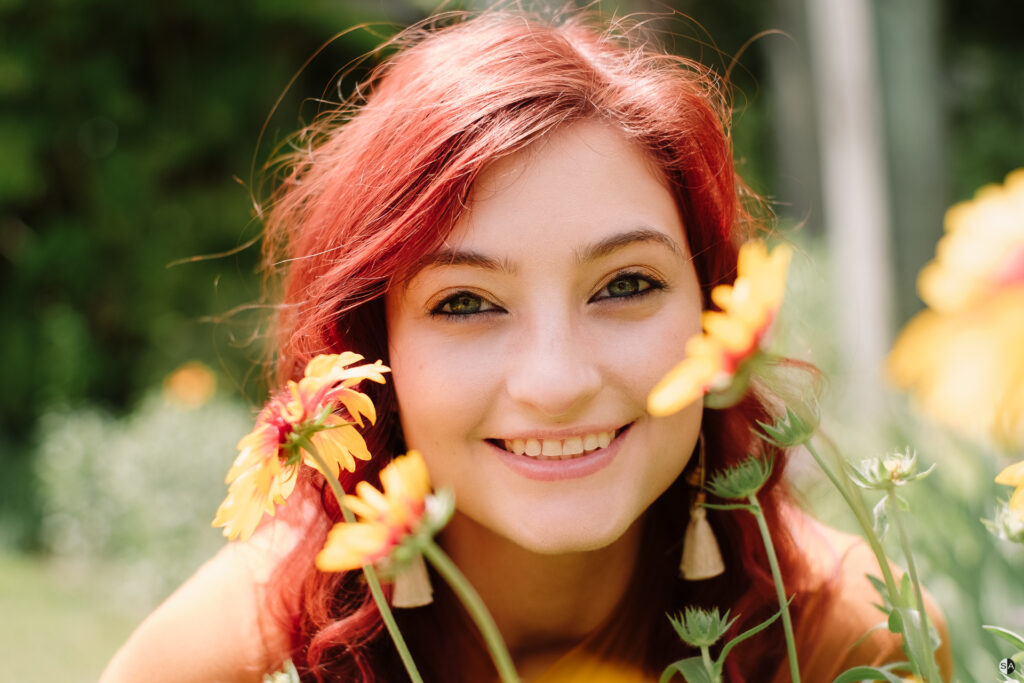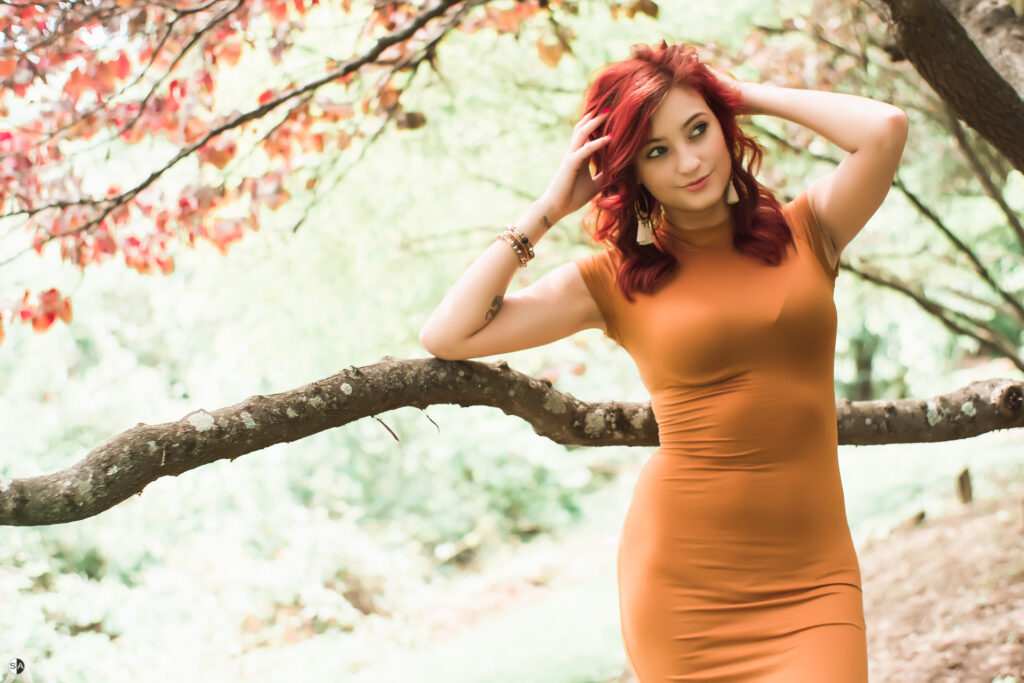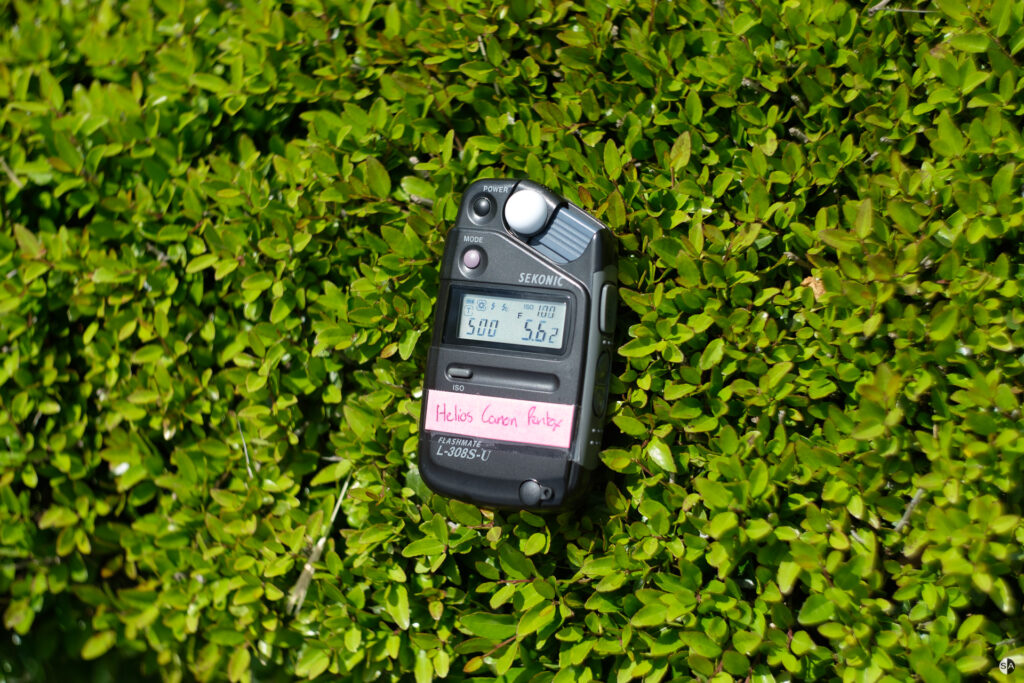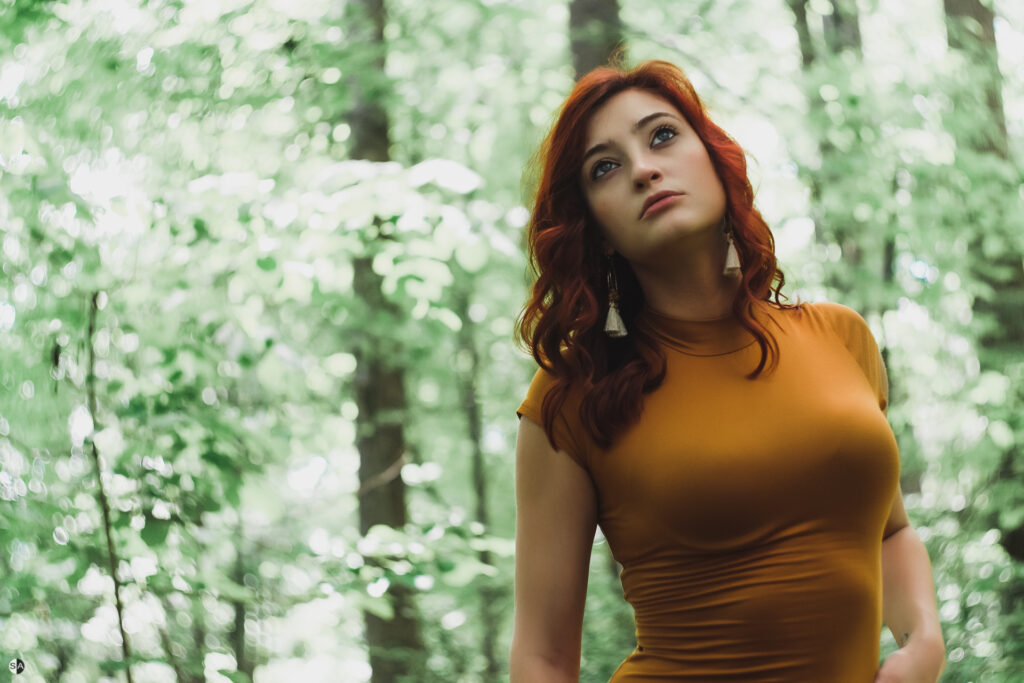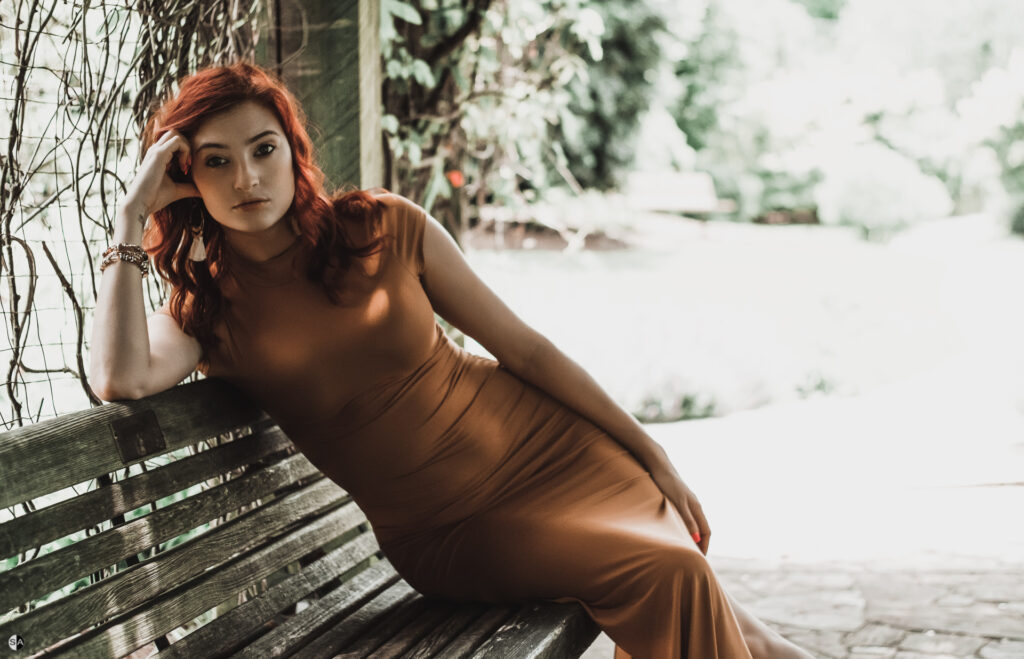Had a shoot with Reese last Saturday specifically to test out new equipment and, more importantly, to test out changes to my workflow. Definitely time well spent. Learned a lot and, as an added bonus, Reese and I ended up with a number of shots both of us found exceedingly satisfactory.
As far as the equipment went, there were three new lenses I needed to test: a Helios 44m-4 58mm f2, a Pentax Super Takumar 50mm f1.4, and a Canon FD 24mm f2.8. Since I shoot with a Fujifilm X-T2 which has a crop sensor, I had Zhongyi Speed Booster II’s attached to all three of the lenses. I don’t have any intention of shooting the Pentax nor the Canon without focal reducers on so my test with them was thorough. At least, for the Pentax it was. (There’ll be a follow-up post about the Canon lens specifically.) I meant to swap out the adapter on the Helios for a straight mount adapter so I could see how well the ~85mm focal length would work for me but completely forgot. I blame the heat.
I had already been shooting with the lenses and adapters prior to the shoot and was extremely pleased with the images being produced. But I needed to run them through a shoot since they were integral to changes I was implementing. And those changes were pretty dramatic. In fact, everything about how I was approaching the shoot was different. The new process would incorporate the following:
- Shoot everything in manual focus,
- Take one shot; no more rapid-fire, ten-at-a-time shots, and
- Meter (and record) the light throughout and shoot accordingly.
So there was a lot I was going to be doing differently. Having a good working relationship with Reese made it very easy and entirely stress-free. A very productive afternoon indeed.
So…. why exactly?
Why the changes? Honestly, it sort of snowballed. I had been eyeballing the Helios 40 (the 85mm) since I first bought the X-T2 back in 2016. Toward the end of my recent nearly year-long hiatus from shooting, I decided to get the Helios 40’s younger and cheaper cousin, the 44m-4. Actually using the lens meant I’d have to shoot in manual focus. And then I started looking at other lenses.
I had been wanting a 24mm for almost the same length of time, never being completely satisfied with the Fujinon 18mm (27mm equivalent full-frame). Soon, I found myself immersed in possibilities and filled with a desire to shoot again. It was time for change. So the lenses were the start and the decision to go with vintage lenses would force me to focus manually. Wasn’t unhappy or worried about that, although, given my history with manually focusing, you would’ve thought I might’ve been at least a little apprehensive. But no. Instead, I was looking forward to the change and knew it was the right way to go.
As for the one-and-done approach for shots, I simply didn’t want to take 10 shots at a time anymore. It’s overkill and not necessary. I want each press of the shutter button to be purposeful and (hopefully) reflected in the shots.
But the metering, well…
Measuring and Recording Light
I’ve been shooting long enough that I can eyeball a shot and pretty much know where my exposure settings need to be (within a test shot or two). That said, I shoot wide-open, or close to it, the majority of the time. So shooting at higher f-stops, the exposure settings don’t come to mind as readily. Not that it’s overly complicated. It’s three settings. 🙂 Still, I’ve had a desire to meter more and shoot accordingly. But I want(ed) the readings for a secondary reason as well. And this is where it gets a little wacky.
Shooting with vintage lenses (and any lens that doesn’t have autofocus built in), the aperture setting won’t get captured in the EXIF data. So if I wanted to review shots and settings after the fact, I needed to keep a record somehow of the aperture along with the shutter speed and ISO. So I devised a plan.
My approach would be: set up the the shot so it’s generally composed, take an incident meter reading (so I don’t have to disrupt the flow walking up to the model), take a photo of the reading, then shoot under those settings until I either changed lenses or f-stops. In doing this, I’d have a proper meter reading for the shot and a record of the settings used would precede all shots that followed.
It sounded like a great idea.
It wasn’t.
What I found with the first shot that I metered was that because the minimum focusing distance of the lens I was using was longer than my arm’s reach, I had to set the meter down to photograph the settings. And, of course, spend time getting it in focus. (Even if the minimum focus distance was within arm’s reach, I’d still have to set the meter down to focus since it would’ve been impossible with one hand holding the camera and one holding the meter. Doh!) While I’m focused on sorting all of this out with the meter (and having some absurd conversation, I’m sure, with myself), Reese was just standing there waiting. Patiently, of course.
So there was no way this was going to work. It was slow and disruptive. After the first shot, I stopped trying to document the settings. I didn’t stop metering the light, though.
Really, the metering was inconsequential in terms of affecting the flow of the shoot. Taking incident readings is as quick as holding a hand up. I’d be making setting adjustments to the camera with or without a light meter anyway so it’s virtually the same amount of time. I do very much like that I’m not winging it with exposure settings. No, it isn’t necessary to use the meter but it does give a nice sort of guarantee or affirmation. It’s somewhat relaxing to not wing it. Like using cruise control when you’re on a long road trip.
Lens Differentiation
I rationalized the minor setback of recording the exposure settings with, “Well, I don’t really need the aperture setting. It’s not that important, keeping the records. At least I’ll be able to tell the lenses apart.” Oh, to be so young and naïve as a week ago.
You’d think I’d be able to tell, looking at the photos, which lens I used with each shot, right? Sure, the 24mm images are easy to spot against 50-58mm shots. But differentiating the 50mm versus the 58mm? Not so much. I don’t know the lenses well enough yet to know which one is which just by eyeballing images. Throughout our shoot, I was switching between those two lenses primarily and I honestly couldn’t tell you which lens was used for which shot in no small number of them. I’m sure in time, I can easily identify them. But not today. (Unless it’s got that swirly, swirly bokeh, then, yeah, for sure I know.) If I had swapped out the Zhongyi adapter for the straight mount adapter on the Helios, the game would’ve been much simpler.
After the shoot was over, I kept tossing it around in my head, how to solve this problem with lens differentiation. Forget the aperture, I just want to know what lens I use for each shot. That’s the only really worthwhile info I’m going to want anyway. The exposure settings just really aren’t that important to me. And then the solution was obvious.
There’s a setting on the Fujifilm X-T2 that lets you assign the mount adapter focal length. There are 4 predefined focal lengths (21mm, 24mm, 28mm, and 35mm) and 2 customizable lengths. While 2 of the 4 predefined lengths don’t line up for me, I would definitely make use of the 24mm (for the Canon) and match up the 35mm to my Pentax 35mm f3.5. I could then set the custom lengths to 50mm and 58mm for the Pentax and Helios respectively. For my Rokinon 12mm (18mm full-frame) I’d simply used the 21mm length setting. It doesn’t match but it’s logical as it’s the shortest focal length in the options and the closest match to the lens.
Problem solved. I added the mount adapter settings to my custom menu so it’s quickly accessible when I’m swapping out lenses and subsequently adjusting camera settings. Two button presses and I’m done. I’d then have a record of the lens used for each shot without interrupting the flow of the shoot.
Ditching the Contacts
There was one other incidental lesson learned (or rather, reaffirmed) from Saturday’s shoot: focusing manually has to be done while not wearing contacts. I’ve actually been wearing glasses for a few months and just replaced my contacts about a week or so before the shoot. While doing test shots with the new camera lenses prior to the shoot, I had found that not wearing contacts was the only way I could ensure that proper focus could be achieved. Even still, I wore contacts to the shoot because I thought I could somehow make it work. And I much prefer wearing them outside the home to eyeglasses. Smartly, though, I took along a case for the contacts and my glasses. After the first few shots, I removed the contacts. Just wasn’t gonna happen. The only way for me to get the sharpness where I want is to shoot with the naked eye.
I made a slight error when I removed the contacts, though. I didn’t adjust the diopter on the X-T2 immediately and using focus peak highlights made focusing a little difficult. Once I realized why things weren’t looking right, I adjusted the diopter.
Lenses that delivered
For the shots where the focus was nailed, I’ve never had sharper images. Especially with the Pentax. Focus with both the Helios and Pentax is definitely better all the way around at higher f-stops.
I honestly didn’t expect to fall in love with the Pentax. But the colors and the delivery in sharpness were amazing. Was having a discussion with another photographer and, for me, 50mm was always the focal length I’d use to round out shoots. They were the secondary shots to the more wide shots I’d take which, for years, have been my jam. Wide open and wide angle. Everything else, like 50mm was complementary.
But with this lens, I can entirely see shooting central shots with it.
As for the Helios, I knew that the 44m-4 could generate that characteristic bokeh the Helios is known for and had already done so in test images in the backyard a few days earlier. But it isn’t simply a matter of pointing the lens at your subject and expecting it to appear.
You need specular highlights. The more, the better. I didn’t do a ton of hunting around for the circumstances that would generate it because it was the middle of the day and super hot. Literally sweating just walking around and shooting. There were a couple of spots where I shot specifically with the Helios for the bokeh. I didn’t feel I wasn’t getting all I could out of it, though. I think it’s just going to take more time with the lens and me getting very comfortable with it.
You may have noticed that I’ve not talked about the Canon FD 24mm here. It’s because I took about 10 shots with it and then put it away. The images were blown out and the focus was off. It wouldn’t be until after the shoot that I’d understand what was going on there. Will be writing a follow-up piece about this. Such a fan of that lens and it’s going to be fantastic for shoots. But it took me a minute after the shoot to understand what was happening.
All Good
So overall, the shoot was a success. There were a lot more misses with focusing than I’d like. I think part of this was due to me using peak highlighting for focal assistance and not simply using straight up focusing. Shooting with the peak highlights turned on, I’d find that they sometimes hid the details in the image when I was zoomed in and so I wasn’t always nailing it. Being more conscientious of that and choosing when and when not to use peak highlights should close the gap on hits versus misses. The more I shoot, I’m finding, though, the easier focusing becomes.
The one-shot approach will definitely be integrated into shoots. I was taking single shots early in this shoot but then switched to continuous shootings for reasons that aren’t even worth explaining. I’ll just say that I blame the heat for the very nonsensical reasoning that led me to turn on continuous shooting. Much prefer taking one shot at a time.
Having the metering solution worked out really puts my mind at ease. Again, it’s not at all necessary but it actually pleases me, measuring the light.
I’m sooooooo very much looking forward to the next shoot which is one that I’ve been planning for months now. Two models and focus is always tricky when there’s more than one subject to focus on but, man, it’s going to be amazing! I’ll continue to shoot and test until then but I’m feeling pretty ready to take this whole process live!
